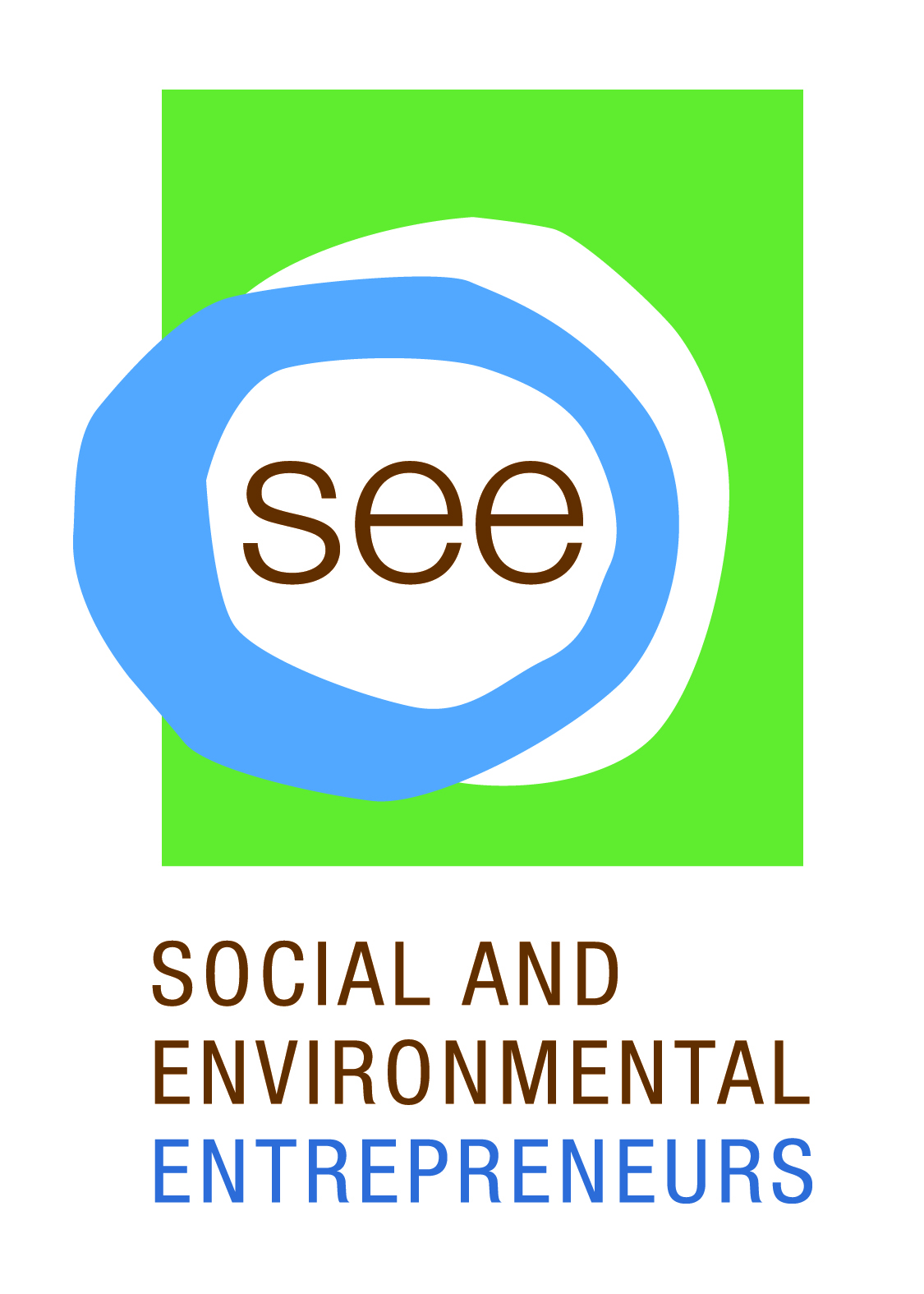News & Media
Green Infrastructure Toolkit
Stakeholder support for landscape connectivity requires that the issues, solutions, and benefits are made visible, and necessitates effective methods for communicating information and data. The challenge is to communicate why connected landscapes are important, and how green infrastructure for connectivity can provide co-benefits for humans and wildlife.The Green Infrastructure Toolkit addresses this ‘communications gap’ between professionals and their communities and provides new ways of framing the discussion surrounding wildlife crossings beyond a reduction in wildlife-vehicle collisions.
The Green infrastructure Toolkit was developed by a team of seven Master’s of Urban Development Students from Ryerson University: Haley Anderson, Kyle Dow, Ryan Lok, Puneh Jamshidi-Moghadam, Jack Lawson, Carly Murphy, and Marina Smirnova. The project was supervised by Professor Nina-Marie Lister, the Graduate Director of the School of Urban and Regional Planning at Ryerson University and Director of the Ecological Design Lab.
Over the course of three months, the team interviewed numerous green infrastructure specialists, and conducted a knowledge-sharing workshop which further informed the project’s findings. The client for the project, ARC Solutions, and the Yellowstone to Yukon Conservation Initiative served a strategic mentorship role, providing connectivity to subject matter expertise from a wide array of skilled professionals including tribal wildlife managers, planners, engineers, communications experts, scientists, and other practitioners and researchers in the field.
The Green Infrastructure Toolkit is intended to allow for a ‘pick-up-and-go’ approach for partner organizations to engage constituents in implementing, advocating for, and inspiring wildlife crossing and green infrastructure projects. The Toolkit strategies for outgoing and incoming communications, identifying audiences and cultivating project champions, and opportunities to engage participants at all phases of wildlife crossing project — from planning through construction and monitoring.
The Green Infrastructure Toolkit Report summarizes research supporting the Toolkit including a literature review, an analysis of environmental education campaigns, and a guide to the delivery of the practitioner workshop.
Recommended Citation: Anderson, H., Dow, K., Lok, R., Jamshid- Moghadam, P., Lawson, J., Murphy, C., Smirnova, M. (2021). Green Infrastructure Toolkit: Enhancing the Co-Benefits of Landscape Connectivity. Ryerson University.
![ARC [diagram]](https://arc-solutions.org/wp-content/themes/arc/images/arc-diagram.jpg)
